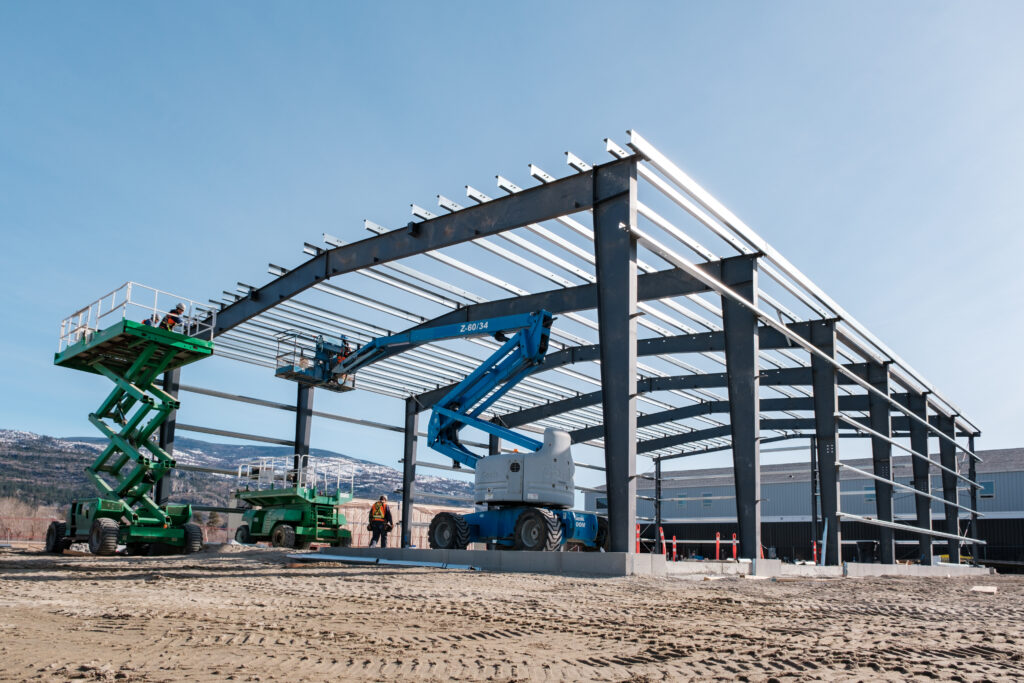April 2025
Prepare for Spring Weather
 Spring brings unpredictable weather patterns that can significantly challenge construction sites. As the industry gears up for increased activity during these warmer months, it’s crucial to implement comprehensive safety measures. By proactively preparing for rain, storms, and wind, construction sites can create a safer working environment and minimize the impact of adverse weather conditions.
Spring brings unpredictable weather patterns that can significantly challenge construction sites. As the industry gears up for increased activity during these warmer months, it’s crucial to implement comprehensive safety measures. By proactively preparing for rain, storms, and wind, construction sites can create a safer working environment and minimize the impact of adverse weather conditions.
Preparing for Rain and Storms
Spring showers and thunderstorms are common occurrences, and can lead to hazardous working conditions if not properly managed. To prepare for rainy and stormy weather, construction sites should adopt waterproofing techniques and ensure that protective gear is available for workers. Here are some key considerations:
- Waterproofing Techniques: Use water-resistant tarps and covers to shield materials and equipment from getting wet. Implement proper drainage systems to prevent water accumulation and flooding.
- Protective Gear: Equip workers with waterproof clothing, including rain jackets, pants, and boots. Ensure that electrical equipment is safely stored to avoid water-related hazards.
- Weather Monitoring: Continuously monitor weather forecasts and have a contingency plan in place for severe weather events. Communication with workers about upcoming storms is essential for timely actions.
Wind Safety
Strong winds can cause materials and structures to become unstable, leading to potential accidents and injuries. Securing materials and structures is critical to maintaining safety on windy days. Here are some best practices:
- Securing Materials: Ensure that all loose materials, such as scaffolding, tarps, and equipment, are securely fastened. Use anchors and tie-downs to prevent items from being blown away.
- Structural Stability: Conduct regular inspections of temporary and permanent structures to ensure they can withstand high winds. Reinforce structures as needed to prevent collapse.
- Safety Protocols: Establish safety protocols for windy conditions, including halting work when wind speeds exceed safe levels. Train workers on the proper handling of materials in windy weather.
